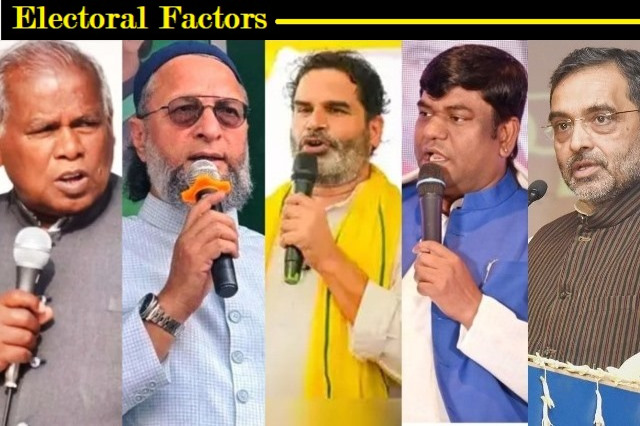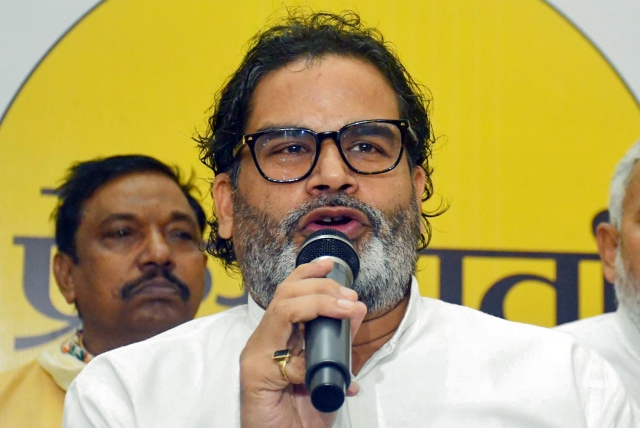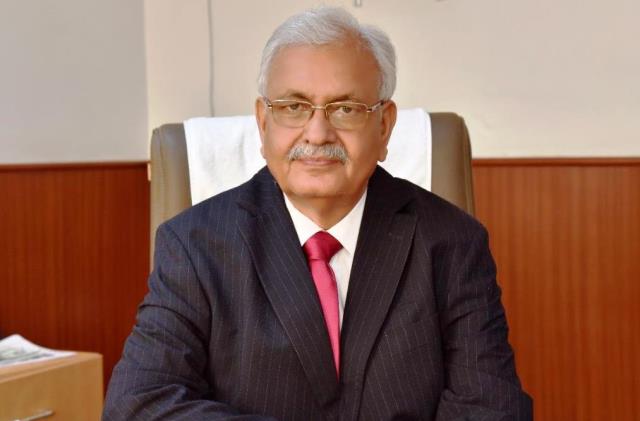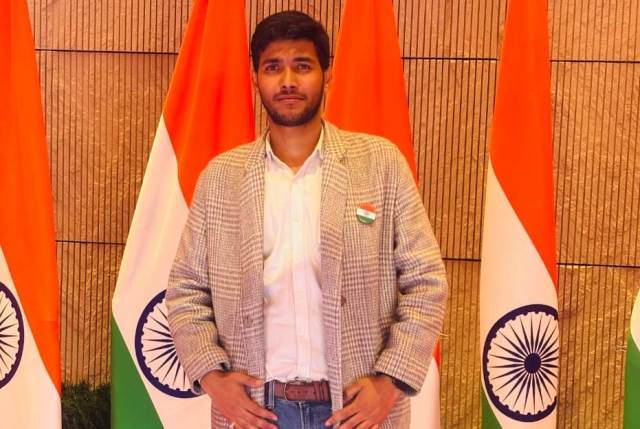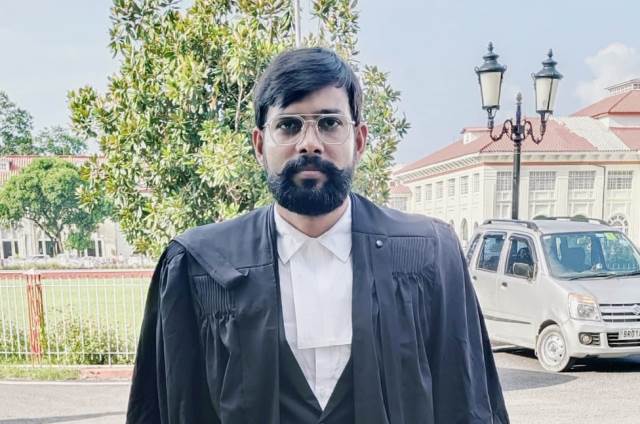Bihar’s first phase of assembly elections has thrown up a record that is as striking as it is significant — nearly 65% of the 3.75 crore registered voters across 121 constituencies turned up to cast their ballots. The official figure of 64.66% marks the highest-ever voter turnout in the history of the state. But beyond the arithmetic of percentages lies a deeper political and social churn, one that could redefine Bihar’s electoral landscape.
At first glance, this unprecedented turnout seems to signal heightened political engagement, possibly a desire for change or a reaffirmation of faith in the democratic process. Yet, a closer reading of the numbers tells a more nuanced story. The 2025 elections are being conducted after the Special Investigation of Rolls (SIR), a meticulous exercise by the Election Commission that pruned the state’s voter list. Bihar now has 7.24 crore electors—about 60 lakh fewer than before the roll revision. This “thinning” of the list means that even with a higher percentage of voters turning out, the absolute number of votes cast may not have increased significantly compared to 2020.
To put it simply, the rise of nearly eight percentage points in turnout translates to a real increase of only about 4–5% in terms of actual votes polled. Nevertheless, this figure still represents a politically charged electorate, especially given the multiple crosscurrents shaping Bihar’s politics today.
Stakes for NDA and INDIAlliance
The stakes in these polls are exceptionally high. The ruling NDA, led by the BJP, faces a formidable challenge from the Congress-backed INDIAlliance, spearheaded by RJD’s Tejashwi Yadav. Both alliances are almost neck and neck in terms of estimated vote share of 40% for the NDA and 39% for the INDIAlliance, setting the stage for one of the closest contests Bihar has witnessed in recent years.
The NDA enters the fray with the advantage of incumbency in governance, a network of loyal cadres, and the continued appeal of Prime Minister Narendra Modi among a section of the electorate. However, the fatigue factor is undeniable. After years of alternating coalitions, many voters, especially in urban centers and among younger demographics, are questioning whether the current model of governance has delivered on its promises of jobs and development.
For the INDIAlliance, these elections are a test of its ability to channel anti-incumbency sentiment into a coherent mandate. Tejashwi Yadav’s campaign has focused sharply on unemployment, agrarian distress, and migration — issues that resonate with the youth and working class. His outreach, laced with emotional appeals to Bihari pride and economic self-respect, has found traction in several districts, particularly in the Seemanchal and Magadh regions.
The X-Factor: Jan Suraaj
What adds a new dimension to Bihar’s 2025 election is the emergence of Prashant Kishor’s Jan Suraaj. The former poll strategist’s entry has disrupted the traditional bipolar narrative. With his message of governance reform, local empowerment, and clean politics, Kishor has drawn a distinct constituency — especially among educated youth, first-time voters, and sections disillusioned with the entrenched caste-driven politics of both major alliances.
Poll analysts broadly agree that Jan Suraaj could secure around 10% of the vote share. While this figure may not immediately translate into a large number of seats under the state’s first-past-the-post system, it has the potential to tilt outcomes in closely fought constituencies. In a contest where NDA and INDIAlliance are separated by a wafer-thin margin, the presence of a third force could prove decisive.
If the urban, educated, and aspirational youth — a demographic that both major alliances have been aggressively courting — were to shift their loyalty even partially towards Jan Suraaj, it could sound alarm bells for the NDA. The ruling alliance’s dominance rests on holding together its social coalition of upper castes, OBCs, and women voters. A dent among the youth, particularly in districts like Patna, Nalanda, Muzaffarpur, and Bhagalpur, could disrupt that arithmetic.
Reading the Mood Behind the Numbers
The record turnout also indicates a certain restlessness — a political awakening that transcends caste and community lines, though not entirely free of them. Bihar’s electorate has traditionally been deeply rooted in social identity politics, but rising literacy, exposure through migration, and a growing digital footprint are slowly altering the nature of voter engagement.
High turnout often suggests a desire for change, yet it can also signify renewed faith in the democratic process under stress. In Bihar’s case, it may represent both. Voters are asserting themselves — demanding not merely promises but performance. The aspirational tone of this election stands in contrast to the fatalism that once characterized Bihar’s politics.
A Battle of Vision, Not Just Votes
As the dust settles on the first phase, it is clear that Bihar’s election is no longer just a contest between alliances; it is a referendum on the quality of governance, the credibility of promises, and the authenticity of leadership. Whether the NDA can retain its edge or whether the INDIAlliance can convert popular discontent into a decisive mandate remains uncertain. What is certain, however, is that Bihar’s voters have spoken louder than ever before.
The record turnout is not merely a statistic. It is a statement — that democracy in Bihar is alive, vocal, and evolving. The verdict, when it comes, will reveal not only who governs the state but also which direction its politics will take in the decade ahead.
(Sidharth Mishra is an Author, Academic and President of the Centre for Reforms, Development & Justice)

